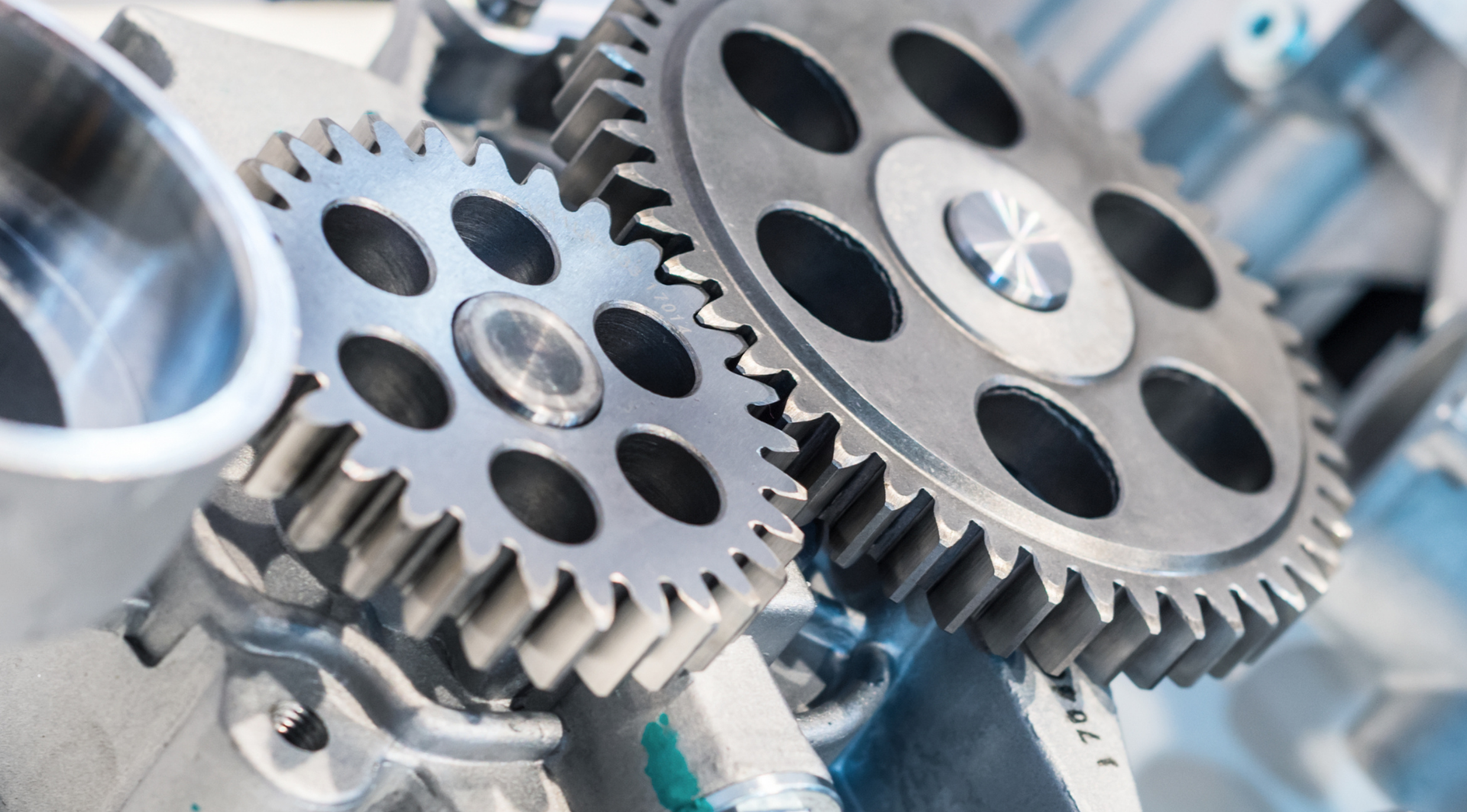 By: Admin / September 5, 2025
By: Admin / September 5, 2025
Selecting the right gear material is as critical as choosing the correct gear design. The material directly impacts strength, wear resistance, noise levels, cost, and service life. From traditional alloy steels to modern composites, engineers must carefully evaluate application requirements, load conditions, and environmental factors. This article provides a comprehensive guide to gear materials used in industrial applications, with a focus on ANSI/AGMA and ISO standards.
- Load Capacity – Higher loads demand stronger alloys and surface treatments.
- Wear Resistance – Hardness and surface treatments affect durability.
- Noise & Vibration – Softer materials can reduce noise but may lower strength.
- Manufacturing Cost – Raw material, machining, and heat treatment costs must be balanced.
- Corrosion Resistance – Critical for marine, chemical, and outdoor environments.
- Most widely used in industrial gears.
- Heat-treated (carburized, nitrided, or induction hardened) for high wear resistance.
- Grades: 4140, 4340, 8620 steel.
- Applications: Automotive transmissions, heavy machinery, aerospace gears.
- Good machinability and vibration damping.
- Lower cost compared to steels.
- Applications: Medium-duty gearboxes, pumps, compressors.
- Excellent wear resistance and corrosion protection.
- Often paired with hardened steel worms in worm gear sets.
- Applications: Marine equipment, conveyors, power tools.
- Corrosion-resistant but more expensive.
- Grades: 17-4PH, 316 stainless.
- Applications: Food processing, medical devices, marine industries.
- Lightweight, corrosion-resistant, and quiet operation.
- Lower load capacity compared to metals.
- Applications: Consumer products, light-duty robotics, appliances.
- High strength-to-weight ratio.
- Increasingly used in aerospace and defense for lightweight gear systems.
- Applications: UAVs, space systems, and advanced robotics.
Many metallic gears undergo heat treatment processes to enhance surface hardness and durability: – Carburizing – Creates a hard case with a tough core. – Nitriding – Provides wear resistance and fatigue strength. – Induction Hardening – Targets gear teeth for localized hardening.
These processes extend service life and improve performance in high-load environments.
Gear materials must comply with AGMA 2001, ISO 6336, and DIN 3990 standards, which define: – Allowable stress levels. – Heat treatment requirements. – Surface hardness specifications.
- Automotive & Transportation – Alloy steels for durability under high loads.
- Aerospace & Defense – Lightweight composites and high-strength alloys.
- Oil & Gas – Corrosion-resistant stainless steels and bronzes.
- Medical & Food Processing – Stainless steels and polymers for hygiene and safety.
- Consumer Products – Plastics and polymers for cost efficiency and quiet operation.
Material selection is a balancing act between strength, cost, corrosion resistance, and noise performance. From traditional alloy steels to cutting-edge composites, engineers must align gear material choice with application needs and industry standards. The right decision ensures reliability, longevity, and cost-efficiency.
📌 Call to Action: Need guidance on selecting the best material for your gears? [Consult MASGearTech today] for expert advice and tailored gear solutions.
Next Post
Cycloidal Gears in Robotics and Automation: Precision Beyond Conventional Systems
 By: Admin / September 5, 2025
By: Admin / September 5, 2025
Leave a Comment